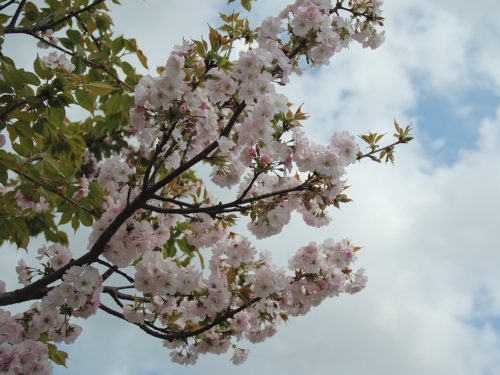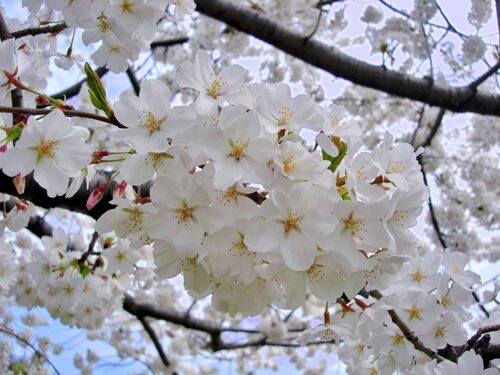Japanese cherry, belongs to the large Prunus family. Grows naturally in the mountainous regions of Japan and western China.
Also known as:
Oriental cherry
You are viewing the mobile-adapted version of the page.
The one for tablets, laptop and desktop also provides general information, such as origin, toxicity and cultivation.
Japanese cherry – (Prunus serrulata). Belongs to the large Rose family (Rosaceae). Japanese cherry grows naturally in the mountainous regions of Japan and western China. There are many cultivars of cherry suitable for gardens, parks and avenues. The cultivars are propagated vegetatively on rootstocks of the wild cherry (Prunus avium), among others. A well-known street tree is Prunus serrulata ‘Kanzan’ and a famous winter bloomer is Prunus subhirtella ‘Autumnalis Rosea’.
Japanese cherry is deciduous, likes fertile soil and a position in the sun that is not too dry.
Pruning – to the extent necessary – should be done after flowering in summer. In summer, the sap flow goes to the leaves.
The most famous variety of Japanese cherry trees in Japan is the Somei Yoshino – Yoshino cherry – (Prunus × yedoensis). The flowers are bright white with hints of light pink. They bloom on the bare wood.
Bugs
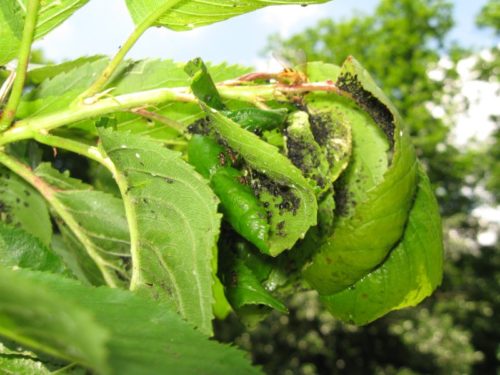
Leaf is covered with aphids, deforms, curls and lags in growth: Black Cherry Ap

Black-brown beetles feed on the young shoots: young Large elm bark beetle (Scolytus scolytus).
Fungi & diseases
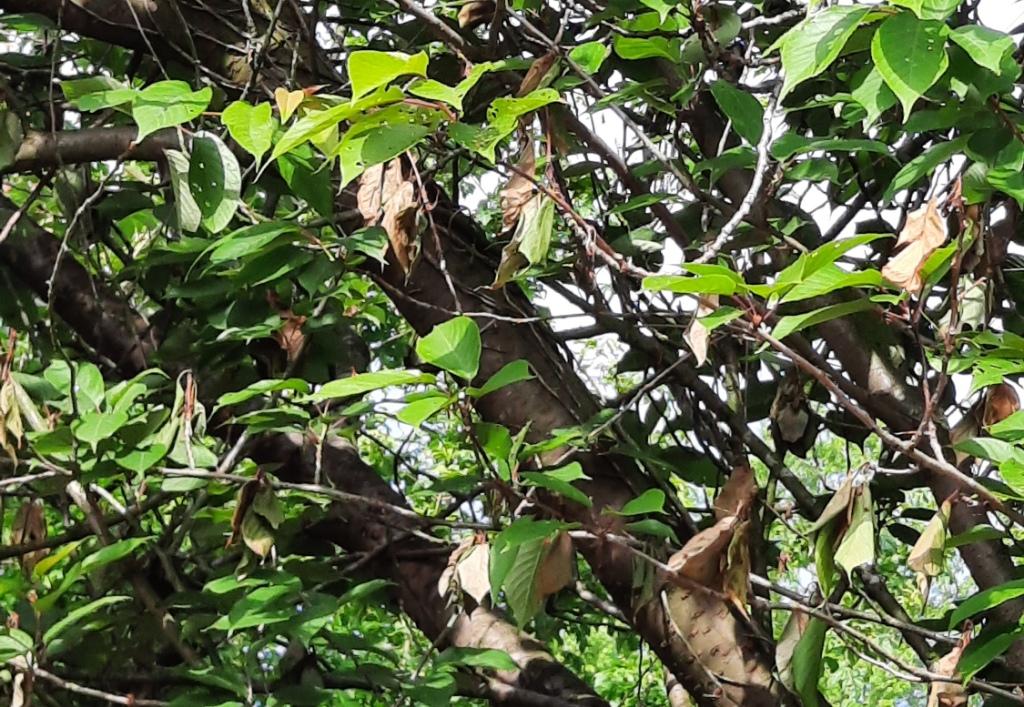
Leaf wilts, turns black and falls prematurely, brown gum appears on dead bark: bacterial canker (Pseudomonas syringae).
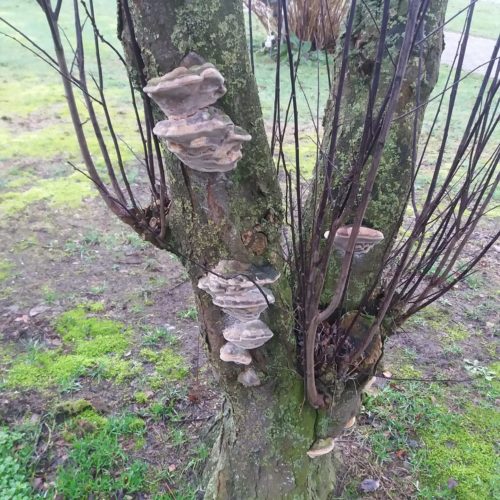
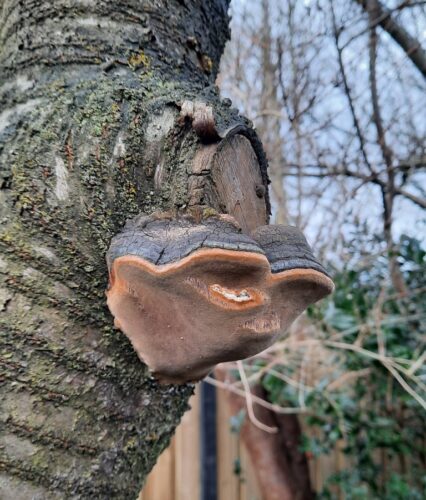
Red-brown, pillow-shaped fungi develop on the trunk: Cushion bracket (Phellinus tuberculosus).
Other
After pruning, the tree “bleeds”: The ornamental cherry, like the nut tree and the grape, is one of the trees that “bleed” when pruned when the plant sap flows. The best time for pruning is after flowering.

In several places on branches and trunk, the tree leaks moisture, which dries into brown gum: gummosis.

